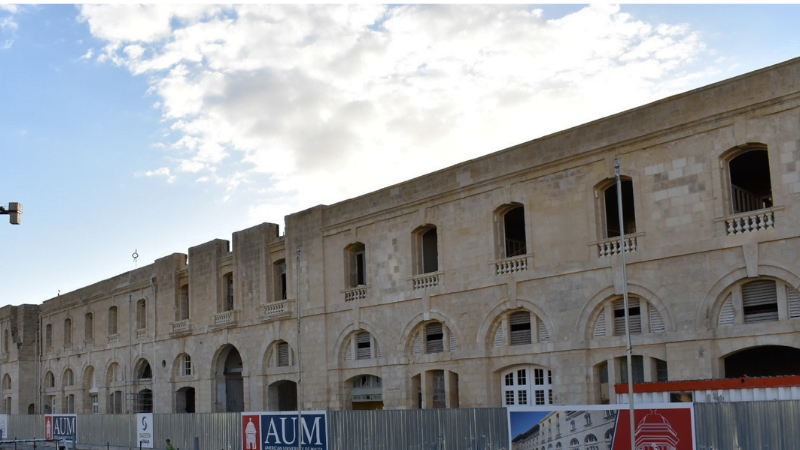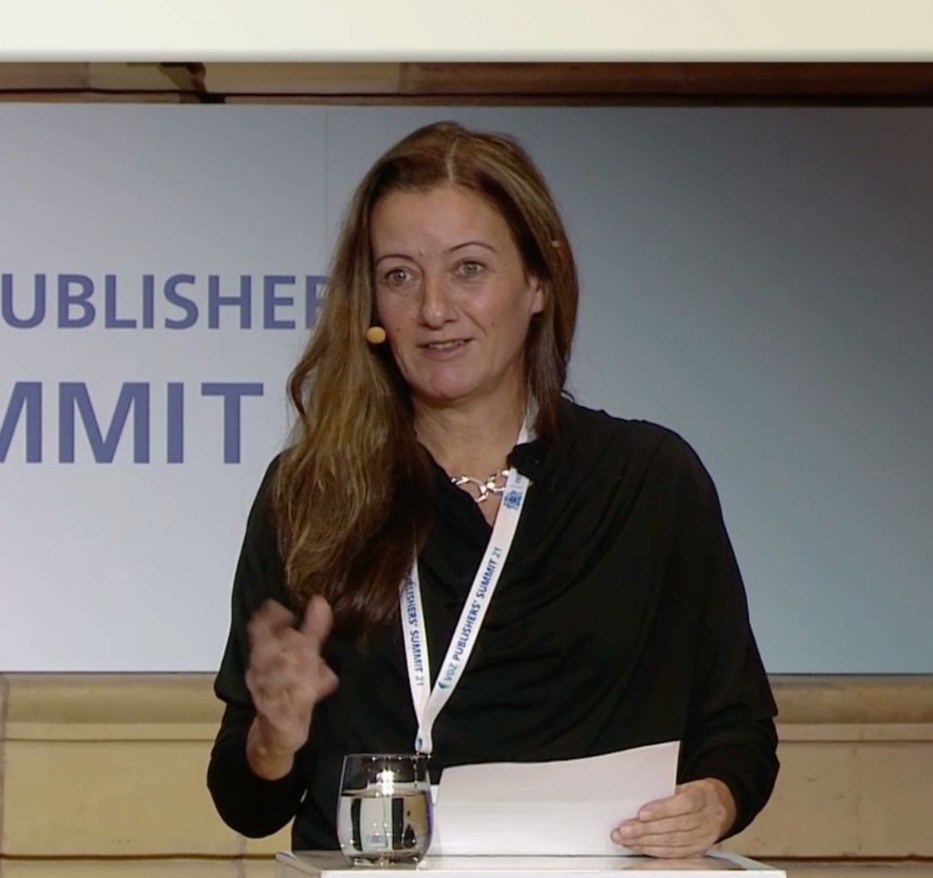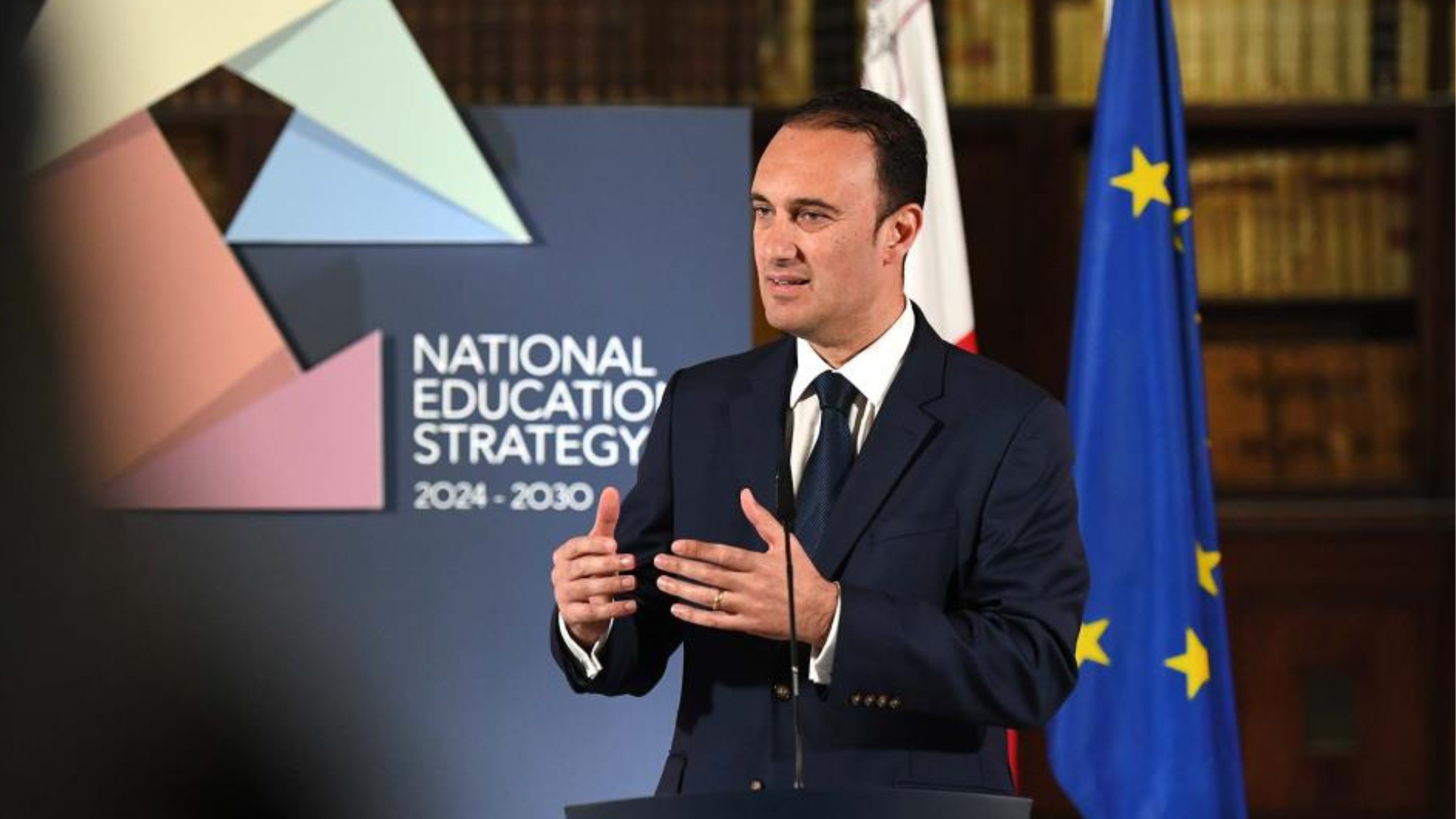This is a guest post by a former staff member at the American University of Malta.
“I joined the American University of Malta in January 2018, attracted by the prospect of working in Malta. I was told it was ‘a start-up university, with exciting prospects’.
When I got here, the Provost said there had been a few ‘teething problems’ but nothing to worry about. It turned out that one week prior to my arrival all the original teaching staff had been fired. I realised with horror that I was brought in as a replacement.
Talking to one of the survivors of the firings, I was told that I was brought in because I was ‘cheap’. I checked with colleagues, and it turns out that I am earning 40% of what the original employees were earning.
Working here has been difficult. The tiny number of students in Malta were traumatised by what had happened, and were mistrustful of me. Some could hardly speak English. Other replacement colleagues like me were very angry as they were completely lied to about the situation, and found themselves in the middle of a huge political row in the country.
The management is detached from lecturers and students, and seemed only concerned with getting more students in, regardless of quality or language ability. Taking this job was the worst career move I ever made. Do not make the same mistake I did.”
This is the personal account of an AUM staff member on one of the various online sites where employees feel free to reveal what is really going on at the so-called university. It is a story repeated by many of us who were employed at the AUM. We tell a very different picture to the one given in the AUM’s promotional material or the various government statements on the project.
We should be worried that over the past year, in the wake of the mass firings, little at the AUM has been newsworthy. This fact alone, in all likelihood, confirms that the communications strategy Castille’s consultants delivered to the owner of Sadeen Enterprises, Hani Salah, has worked its magic.
The AUM’s activities have been successfully hidden from the public eye, behind a Facebook page designed to make you believe you’ve entered an idyllic higher education wonderland, in which it’s nearly impossible to distinguish between fiction and fact, fantasy and reality, glitz and horror.
It is carefully managed so that we taxpayers know less of the truth and accept more of the official message. Nonetheless, we can still sneak a peek at what lies just beyond the smoke and mirrors.
First, the glitz. The institution’s employees and visitors enjoy the conveniences of hi-tech gadgetry, “smart” classrooms and a new library (with only a handful of books) in a beautiful dockside location. International students attend weekly field trips to temples, museums and lagoons.
The campus, a row of restored buildings at the historical Cospicua dockyard, is touted as a centre for the worldly and educated to gather, bask in the Maltese sunshine and delight in mutual edification.
Next, the horror. What it hides are shocking truths about corruption, mismanagement, ethical lapses and human tragedy.
Although AUM has not graced the headlines lately, it hasn’t been able to stop journalists from sharing a few embarrassing incidents. An altercation between two construction contractors last December, involving pugilism and gun play, landed in court. The AUM also filed a lawsuit against a Maltese real estate company that sold the floundering university a dormitory it lacked students to fill. So, not much to talk about.
This hasn’t always been the case though. Less than a year ago the Jordanian-owned university, led by its American Provost and Acting President John Ryder, terminated all 13 of its faculty members on short notice. Before that, a number of its key administrative staff, including the AUM’s Vice President of Operations and Construction Project Manager as well as its directors of marketing, admissions and human resources, were summarily dismissed without apparent cause.
During the ensuing media blitz, it was rumoured that Castille sent an army of communications consultants, led by the former Managing Director of Allied Newspapers Adrian Hillman, to conduct damage control at the institution.
Government cars were seen at the entrance to the AUM administrative building late at night, during the peak of the controversy. Since then, the fires have smouldered and all is relatively quiet as the construction project and classes proceed. The AUM even ‘made friends’ with media outlets that went from reporting the news to promoting its “progress”.
So, what is the truth about the goings-on at the AUM? How do we see past the smoke and mirrors?
First, it’s important to note that controversy has followed this fledgling institution from its inception. The late-night session of Parliament that spawned the AUM deal was suspiciously rushed.
Before opening its doors, Front Ħarsien ODZ environmentalists and sympathisers protested a plan to build a campus on protected ODZ land. The government changed its position, stating that the construction of the Zonqor/Marsascala campus would not get the green light until the AUM completed the current campus at Dock 1, reaching the benchmark of 4,000 enrolled students.
Assassinated journalist Daphne Caruana Galizia had called the AUM the “University of Baksheesh,” insisting that it was nothing more than a smokescreen for another corrupt deal between the Labour government and a foreign company. One of the libel suits against her was initiated by Hani Salah, the owner and CEO of Sadeen Enterprises, a construction company that counts AUM among its holdings.
The AUM Wikipedia page includes two sections entitled ‘Criticism’ and ‘Controversies’. Under the first, trenchant objections to the institution’s existence emerge, including:
- The institution is not really American (it’s Jordanian),
- It doesn’t operate transparently despite receiving extensive government support,
- Malta doesn’t need another university (it already has an excellent, publicly funded flagship)
- The initial batch of highly qualified American and British faculty were only recruited and hired for the sake of acquiring accreditation.
Under the section dealing with controversies, additional clues emerge to suggest why we should keep our eye on this ‘university’:
- Unexpectedly low student enrollments,
- Poor personnel decisions,
- Alleged illegal and unethical activities by members of the AUM Board of Trustees,
- Dodgy quality assurance practices,
- Difficulties with contractors.
By the time you’re done reading it, you might wonder if the AUM has much of a future outside of leasing prime Maltese real estate at far-below-market rates.
A number of those involved with the AUM have a track record of unethical activities and dealings, ranging from alleged money laundering exposed in the Panama Papers (Hillman) to revolving door politics (Derrik Gosselin) to potential conflicts of interest (Gosselin) to ‘giving the axe’ (to use the American expression) to an entire faculty without telling them why they were terminated (Ryder).
For his role in the mass firings, Ryder was even bequeathed the title of “axeman” by an American academic.
Another site where evidence can be found as to the real goings-on at the AUM is one hosting AUM employee reviews. Out of eight reviews, only one is positive. Others describe the organisation as “toxic” and “a brutal place to work” that is “ineptly managed and profoundly corrupt”.













